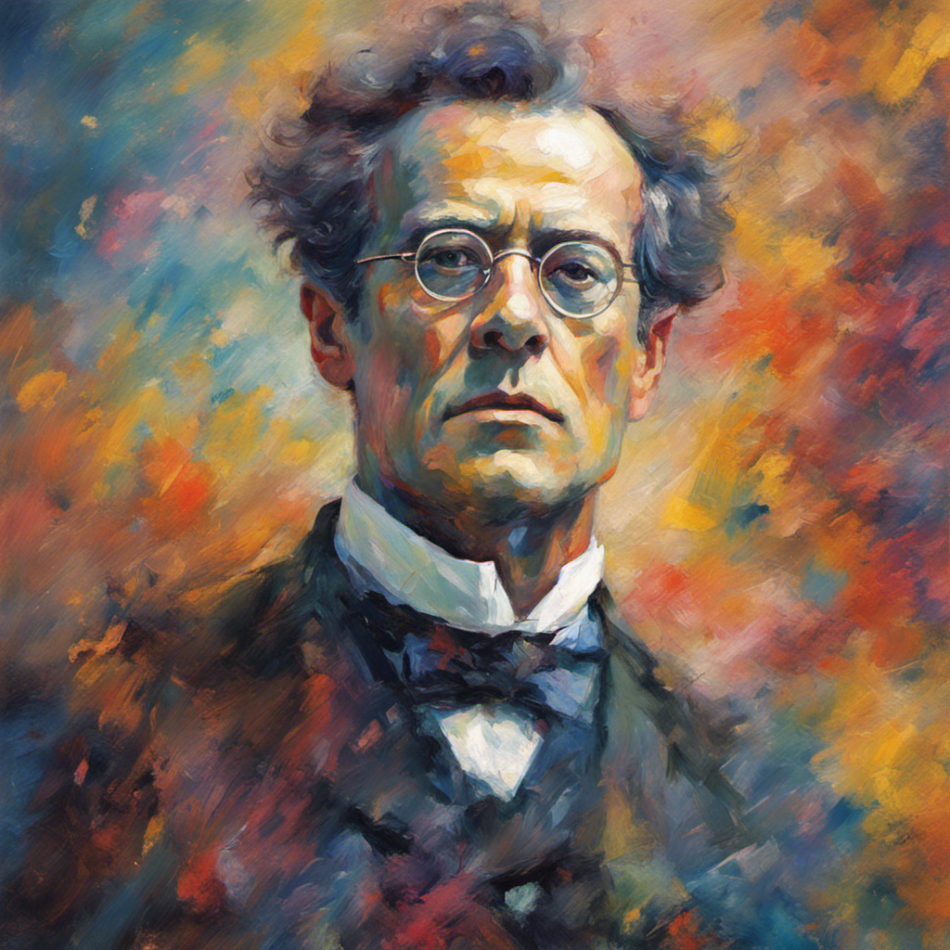I was driving my four-year-old daughter Mia Sarah a few days ago. We hit traffic, and Mia Sarah said “We are adagio.” I said, “What do you mean?” She said, “We are going adagio, we are going slow.” I was shocked – my four-year-old is struggling with her Russian but now she speaks Italian? Then I remembered that she had watched the kids’ show Little Einsteins that had an episode explaining musical tempo.
This little exchange in the car with Mia Sarah turned into teachable moment as we started to listen to different adagios.
We started “light” with “Adagietto” from Gustav Mahler’s Symphony No. 5. Adagio means “play slowly,” while adagietto means “play slowly and lightheartedly.” I look at Mahler’s adagietto as a gateway drug to Mahler. It is the piece that got me interested and then hooked on Mahler, who is an incredibly difficult and complex composer for the listening public to understand (“listening public” in this case being me). At first, Mahler’s music made little sense to me; it often felt like a random collection of sounds. When I visualize Tchaikovsky’s music, I see large, long strokes of paint (huge melodies), where Mahler’s music feels more nuanced (a lot more little fragments), as though it had been painted with a small brush; but you hear these nuances not on the first or third but on the tenth or fifteenth listen. As my father liked to say, “To fall in love with Mahler’s music, the listener has to work.” “Adagietto,” however, requires no work from the listener at all.
Then there is probably the most famous adagio, “, Adagio for Strings,” composed by American Samuel Barber in 1936 (it’s the second movement of String Quartet in B minor, Op. 11). It premiered in 1938 at Rockefeller Center and was conducted by Arturo Toscanini.
And finally there is Adagio in G minor by Tomaso Albinoni, an 18th century Italian composer. However, the provenance of this music is very controversial. It is believed that it was actually composed by Albinobi’s biographer, Remo Giazotto, who claimed he found fragments of the adagio in a library in Dresden after World War II. Giazotto constructed the fragments into a full single movement and copyrighted it; however, he never produces the original Albinoni fragments. Was Giazotto trying to capitalize on Albinoni’s fame? If he did, it’s a forgivable offense – Albinoni was long gone, and he probably would have loved to have composed this music. And, if it had been titled “Adagio by Remo Giazotto,” it would have been another obscure piece of music that we never heard.
Bonus:
So thanks to my little wonderful Mia Sarah we had a chance to adagio.


Wonderful post!